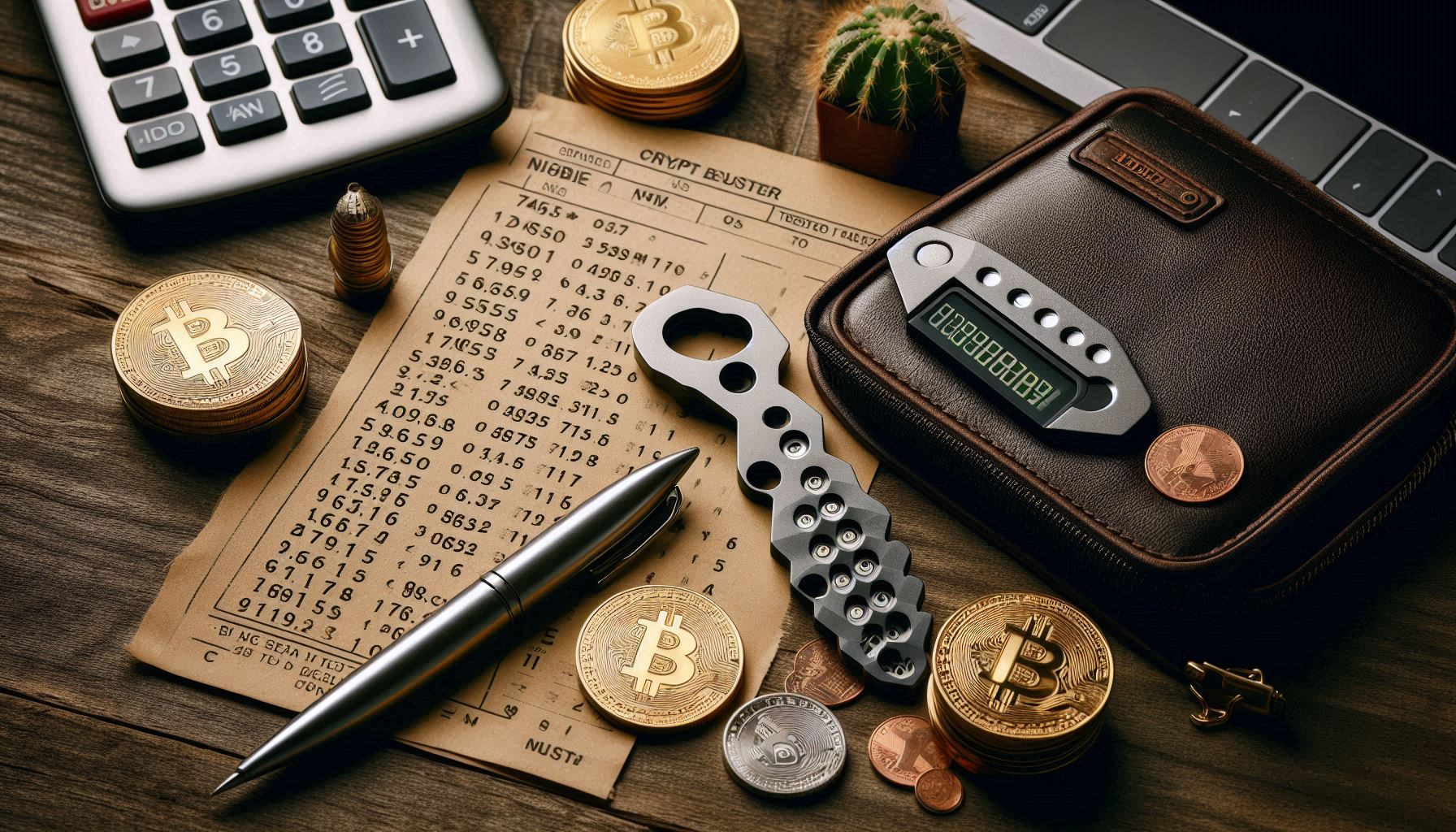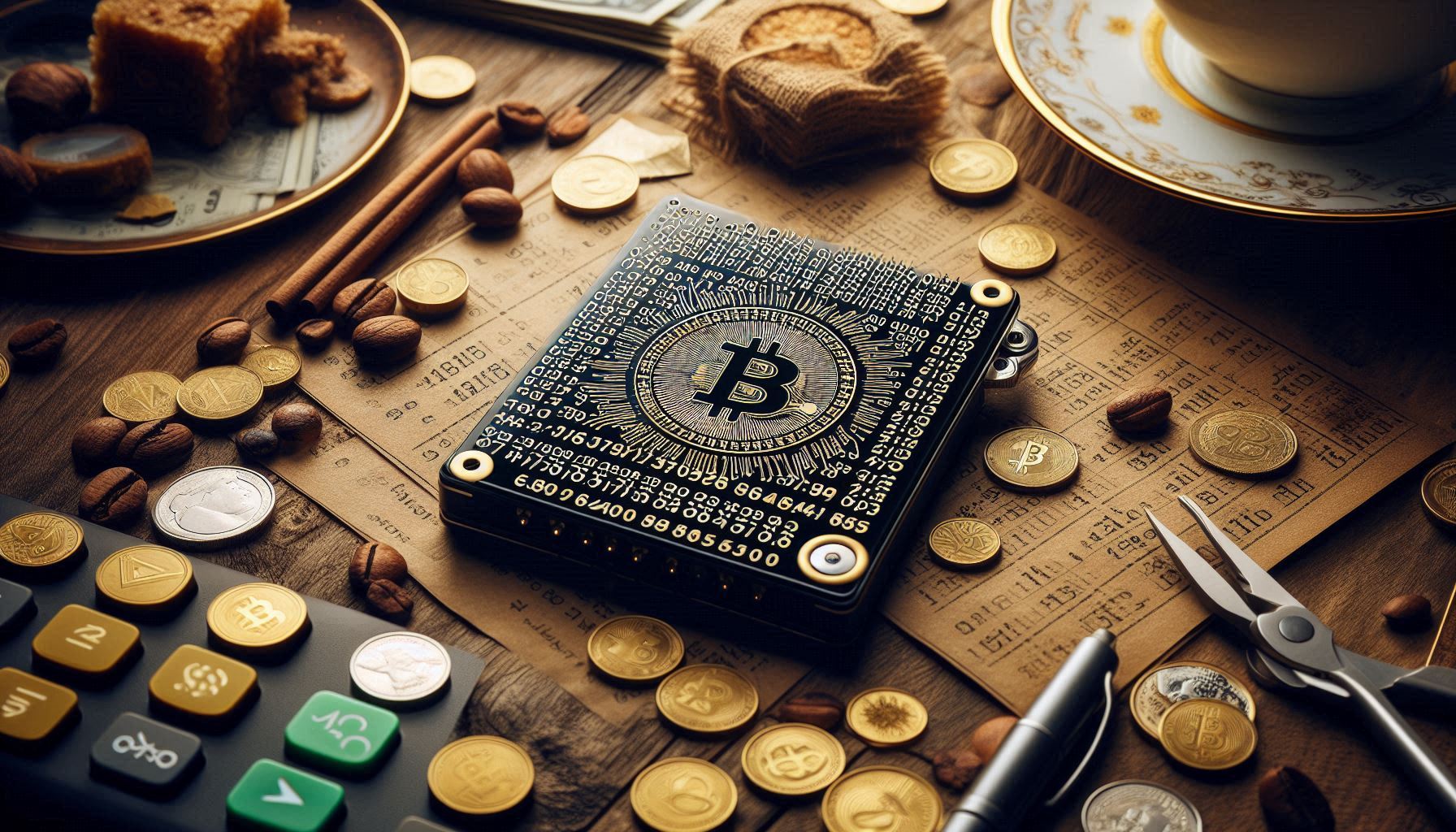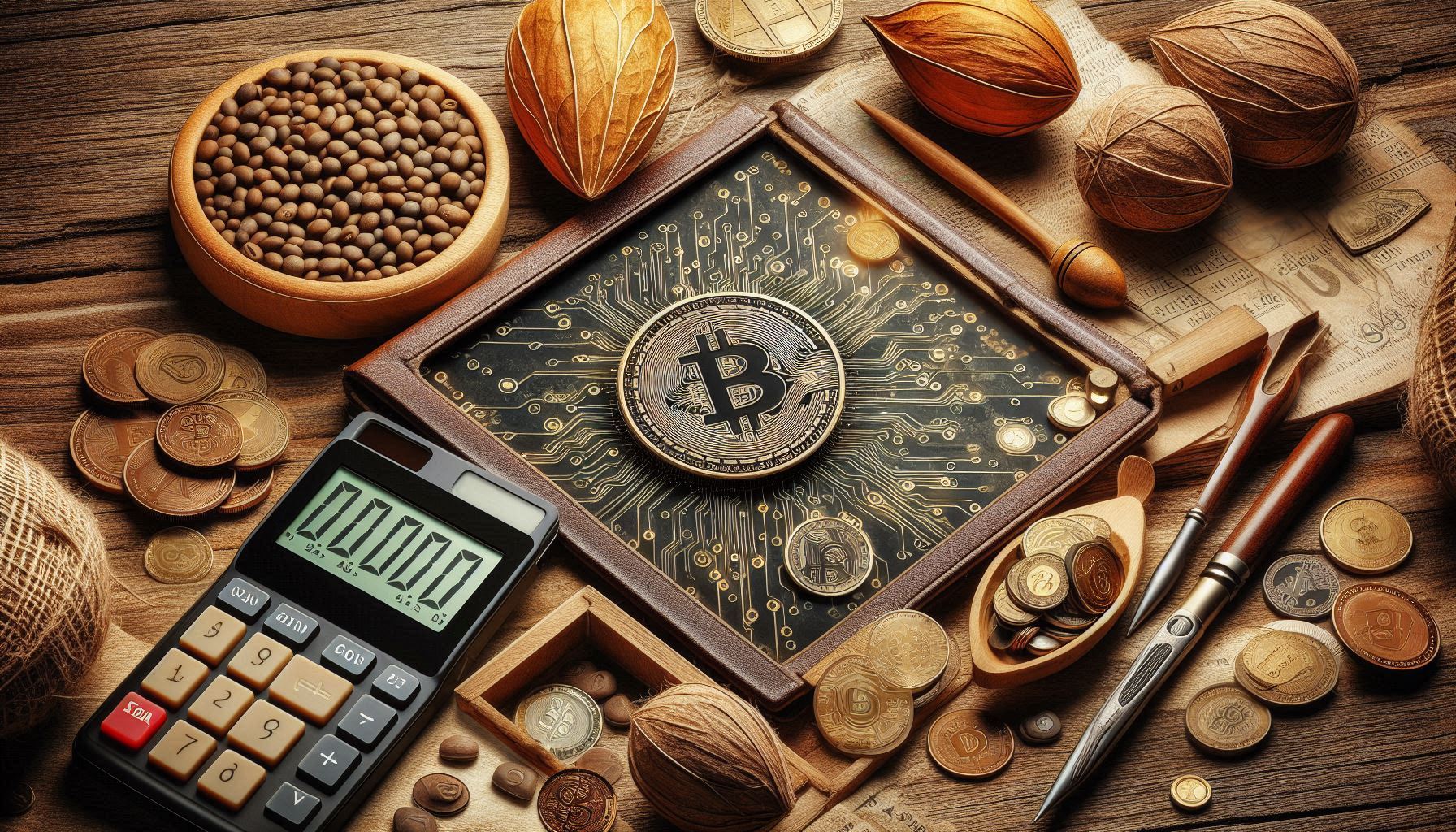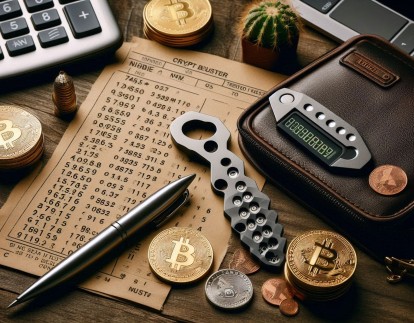A seed, also called a recovery seed or mnemonic phrase, is the foundation of your cryptocurrency security. It is a series of words (usually 12, 18, or 24) that represent your private keys — and therefore control all the addresses and funds in your wallet. Whoever has the seed controls the coins; whoever doesn’t cannot recover the wallet.
A seed is not just a password in the conventional sense — it’s a compressed representation of cryptographic randomness (entropy) from which private keys for multiple addresses are mathematically derived.
What Is a Crypto Seed and Why Is It Important?
A seed is a sequence of words defined by a standard (most commonly BIP39) that encodes random data in a human-readable format. It allows you to restore your wallet on another device and regenerate all accounts without needing the original hardware.
The seed is the single most reliable backup: if you lose your device (Trezor, Ledger, phone) and don’t have the seed, your funds are usually irretrievable. Proper creation and storage of the seed is the most critical security step in self-custody.

Is your seed working properly and secure?
Check your crypto seed here
How Does a Crypto Seed Work? (Technically)
A seed consists of a predefined number of words chosen from the BIP39 word list (2048 words).
When a wallet is created:
-
Entropy (random bits) is generated.
-
A checksum is added.
-
The result is mapped to a mnemonic word sequence.
From this mnemonic phrase, standards like BIP32/BIP44 derive hierarchical private keys for multiple addresses:
-
Seed → (BIP39) → mnemonic words
-
Mnemonic + (optional) passphrase → seed / master key
-
Master key → (BIP32 derivation paths) → individual private keys and addresses
The passphrase (sometimes called the “25th word”) is an optional extra security layer. Even if someone gets the seed, the funds remain inaccessible without the passphrase.
How Hard Is It to Hack a Crypto Seed?
Mathematically, a seed is extremely secure:
-
A 12-word BIP39 seed corresponds to 128 bits of entropy.
-
A 24-word seed corresponds to 256 bits of entropy.
This level of randomness is beyond the reach of current supercomputers for brute-force attacks.
Practically:
-
Brute-forcing a 12- or 24-word seed is virtually impossible; it would take billions of years.
-
The realistic threats are human errors, such as leaking the seed, poor storage, phishing, or a compromised computer.
Common Mistakes When Generating or Storing a Seed
People often reduce the security of a mathematically strong seed by making simple mistakes:
1) Digital Storage (photos, cloud, email)
Storing the seed digitally exposes it to hackers. Avoid screenshots, emails, or cloud storage.
2) Typing the Seed Online
Never enter your seed on websites or third-party applications. Only input it in official wallet software or hardware devices.
3) Using Untrusted Generators
Always generate seeds on trusted hardware wallets or verified offline software. Online generators may produce predictable seeds.
4) Single Backup / No Redundancy
A single paper copy can be lost to fire, flood, or theft. Use multiple backups stored in separate, secure locations.
5) Poor Physical Storage (paper vs. metal)
Paper can degrade. Long-term storage is safer on metal plates resistant to fire, water, and corrosion.
6) Sharing the Seed
Never share your seed with anyone, even support staff. Legitimate wallet teams will never ask for your seed.
7) Weak or Predictable Passphrase
If using a passphrase, make sure it is strong, unique, and safely stored. Weak passphrases reduce security significantly.

Best Practices for Safe Seed Creation and Storage
Seed Generation
-
Generate seeds only on a trusted hardware wallet (Trezor, Ledger) or offline software from a verified source.
-
Avoid online or web generators unless you fully understand the risks.
Seed Storage
-
Write it down by hand and store it in a secure location (e.g., fireproof safe).
-
Consider multiple copies stored separately.
-
For long-term storage, use metal plates like Cryptotag or Billfodl.
-
Consider geographic separation (home safe + bank deposit box).
Additional Security Layers
-
Use a passphrase for an extra layer of security.
-
For larger amounts, consider Shamir Backup (SLIP39) or multisig setups.
-
Regularly audit your backup locations and update if compromised.
Check your Passphrase - properly and secure?
Check your crypto seed here

Risk Scenarios and How to Handle Them
Phishing / Fake Wallets
Attackers may create fake wallets or support requests asking for your seed. Always recover wallets only through official devices/software.
Compromised Computer
Recovering a seed on an internet-connected computer risks exposure. Always use hardware wallets or offline environments.
Physical Theft
Keep your backups in secure, preferably fireproof and waterproof locations.
Social Engineering
Never share your seed with anyone, even someone claiming to be support. Restore wallets yourself when needed.
Is your seed working properly and secure?
Check your crypto seed here
A crypto seed is the most important component of self-custody. Mathematically, it is extremely secure, but human errors and poor storage practices make it vulnerable.
Key rules: generate the seed on trusted devices, store it offline and redundantly, consider passphrase or Shamir/multisig for high-value holdings, and never share or digitize your seed.


